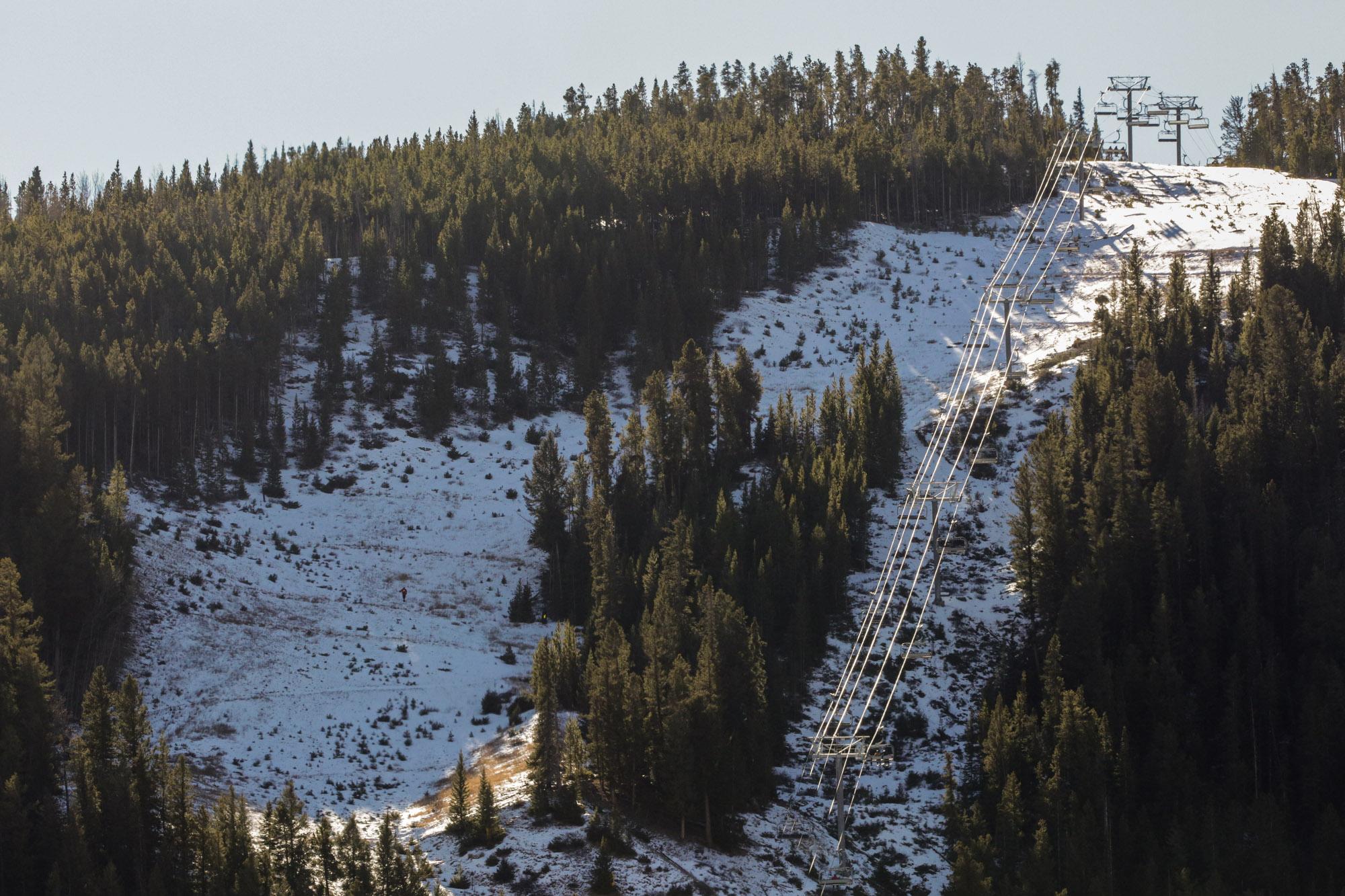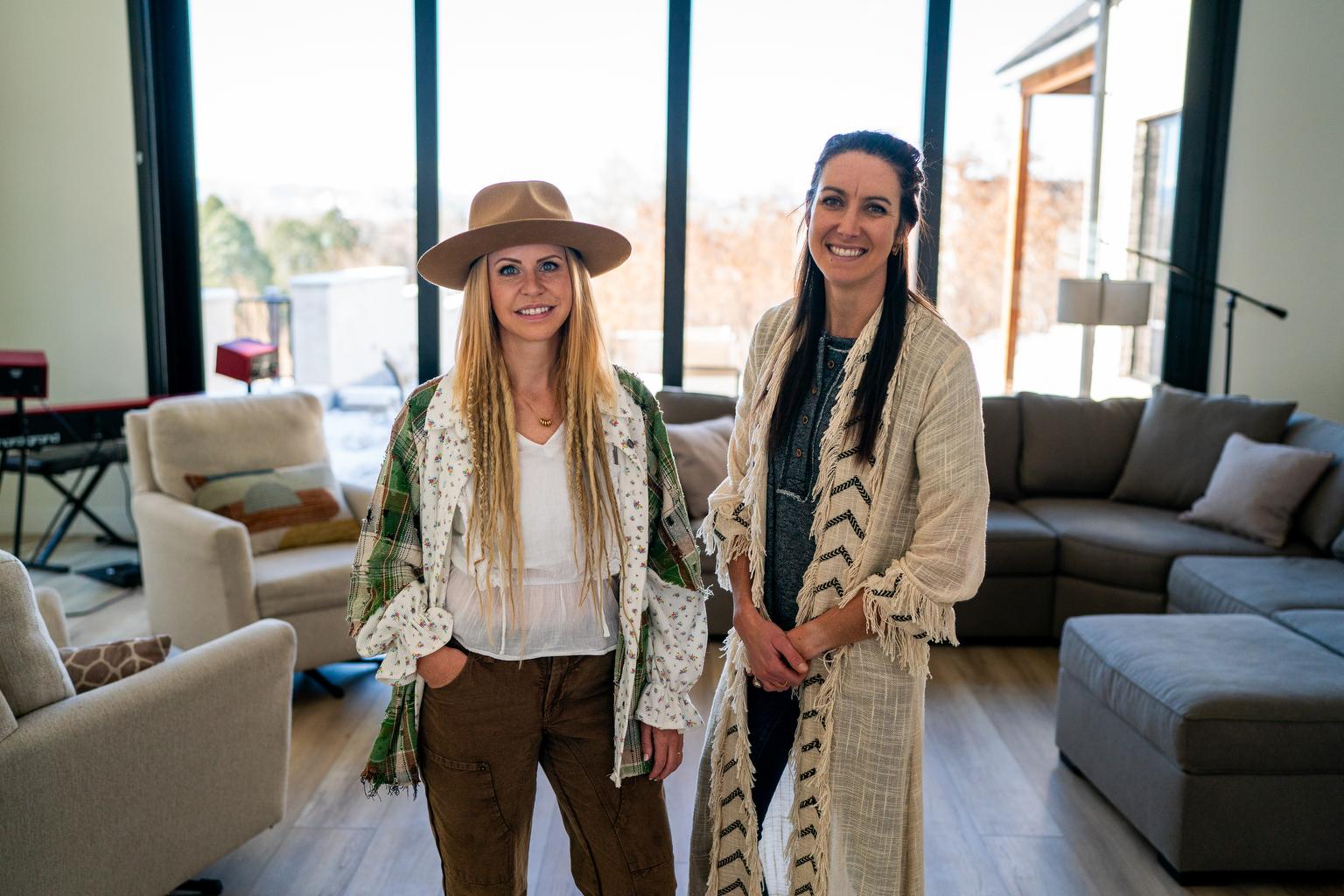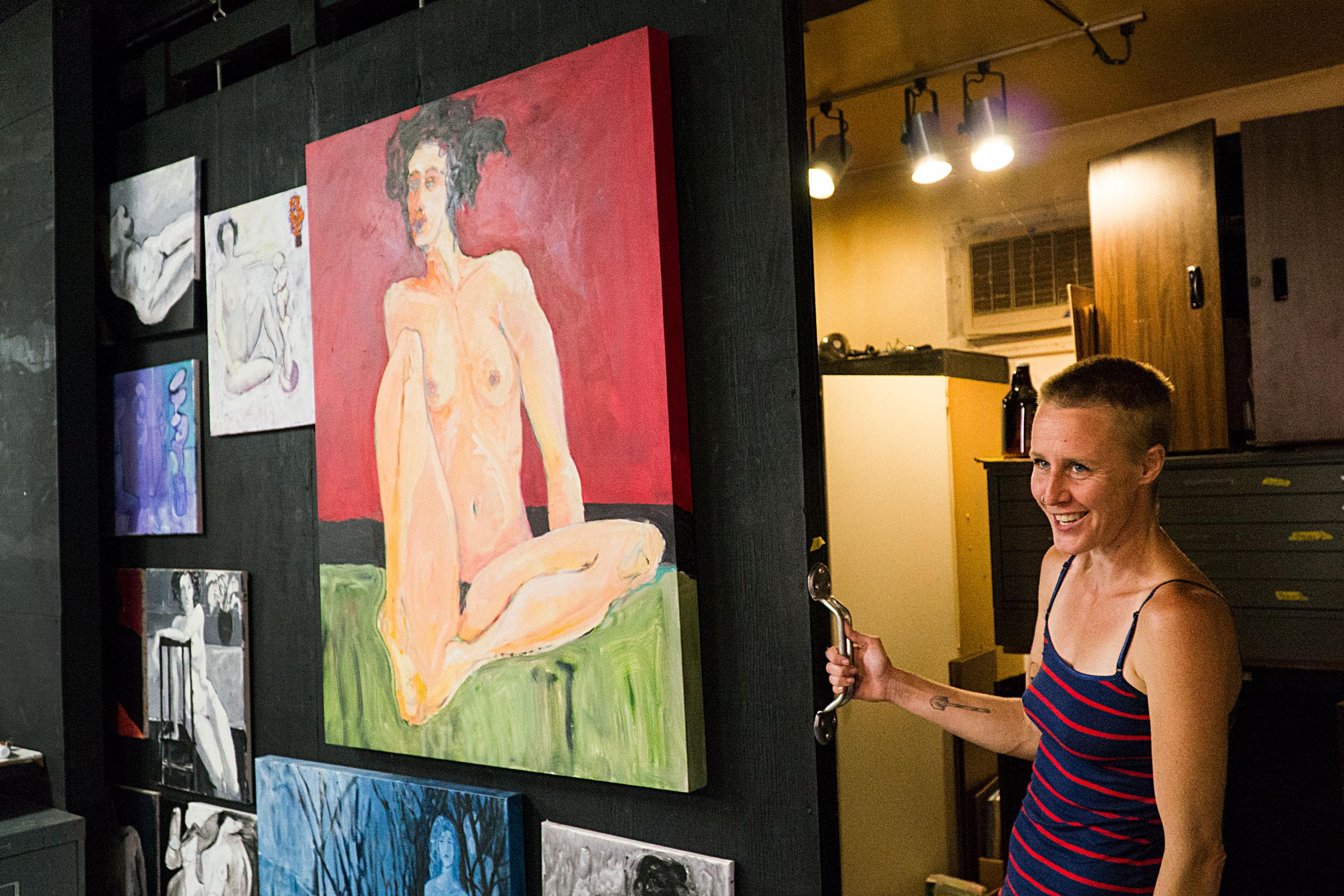
When Dave Davis bought his property in the Grand Junction suburb of Clifton in the early 70s, it wasn’t much to speak of.
His daughter, Amanda Davis, described it as “a little shack basically… no running water.”
Amanda grew up in this house and it’s no longer a humble shack. For one, there’s running water now and multiple expansions have built the home both upward and outward. A garage-turned art gallery and artist workshop are out back. Her father built nearly all of it with the help of “some construction friends.”
Dave Davis was a titan of the Grand Valley arts community, known for the public art he brought to the region and for his mentorship of young artists. He was also a tenacious advocate of arts education. When he died of natural causes last August the loss shocked the community. He was 69 and still so full of life, many said. One person described him as a “tsunami of energy.”
Amanda spent the year following her father’s death trying to maintain the home where he lived and made his art. She said it’s part of his legacy.
Dave Davis’ art is everywhere here — nudes and geometric abstracts line the walls. A storage unit out back is packed with his paintings. Her father would often make three or four paintings a day, Amanda said.
“They weren’t always great,” she said and sometimes he’d paint over them. “But it was just part of his day.”
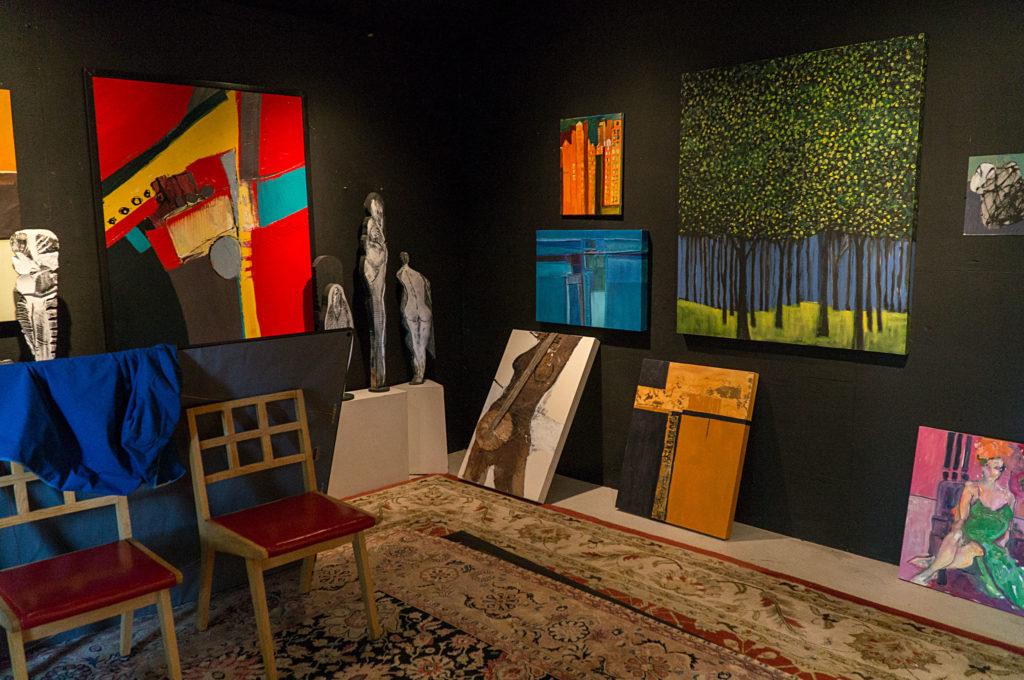
He was also a prolific sculptor, interested in wood, metal, pieces of cars, melted glass and things he’d find in a junkyard or on the street.
“He was exceedingly creative. It was just coming out of him everywhere,” Amanda said. “And it wasn’t just about art. It was about community building. He’d bend over backwards on a regular basis for people.”
About six months before he died, he had set up Davis Art Process and Media Learning Center, a nonprofit art school. The goal was to share his own artistic techniques and teach his pupils about the business of art.
Amanda moved back to Colorado from New York to continue what her father started.
“He wanted to create a space where masters connect with apprentices in their field of art and every art, not just the painting and sculpting,” she said.
Her father wanted to expand the school into things like welding, blacksmithing and pottery. Amanda would also like to hold classes on en plein air painting, figure drawing, farming, creative landscaping and the culinary arts.
To understand why Dave Davis is such a revered individual on the Western Slope and why people want to learn his style, you have to rewind several decades to the spring of 1982.
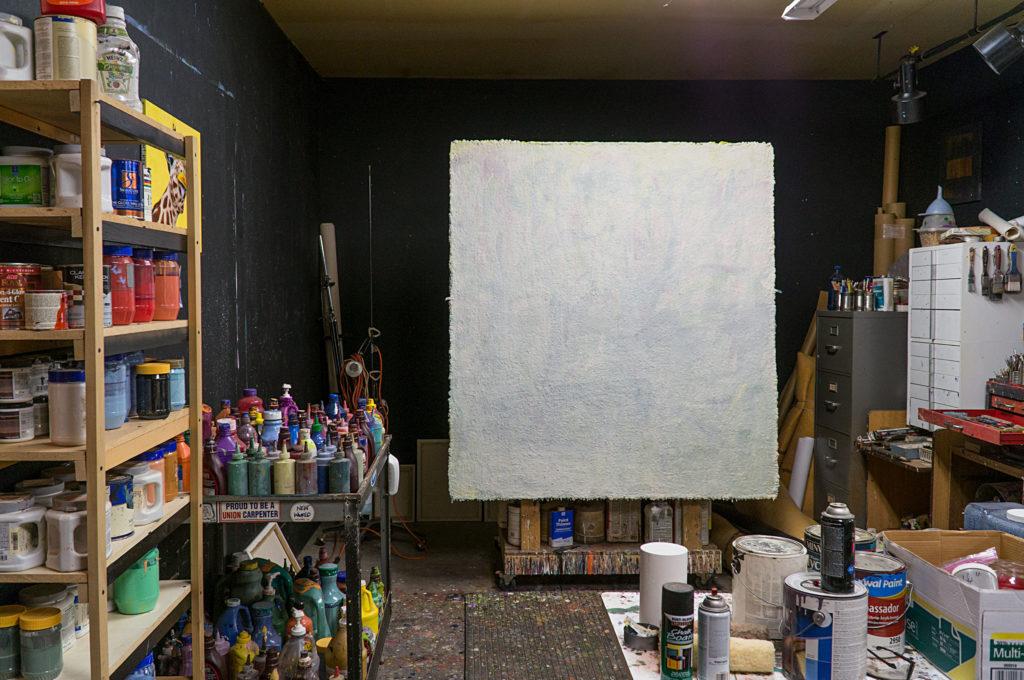
Thousands of Exxon workers were laid off after the oil shale industry went belly up on a day later known as “Black Sunday.” Many packed up and fled the valley. It was a bleak time.
Dave wanted to do something to boost morale in the area and he wanted to involve art. In 1984, he got the idea to gather up his artist buddies and get them to loan sculptures to display in downtown Grand Junction for a year.
Sarah Dishong remembers it well.
Dishong is the chair of the Grand Junction Arts & Culture Commission, which Davis helped get off the ground. She also owns a business called Atomic Framing. She said there wasn’t much, if any, public art downtown before Davis stepped in.
“I was so excited when I came down and saw all these fabulous art pieces, these huge sculptures, on Main Street,” she said. “It added such a vibrancy to our community when we didn’t really have much, right then, to look forward to.”
Art on the Corner, as it came to be known, really caught on — and it was Dave Davis’ brainchild.
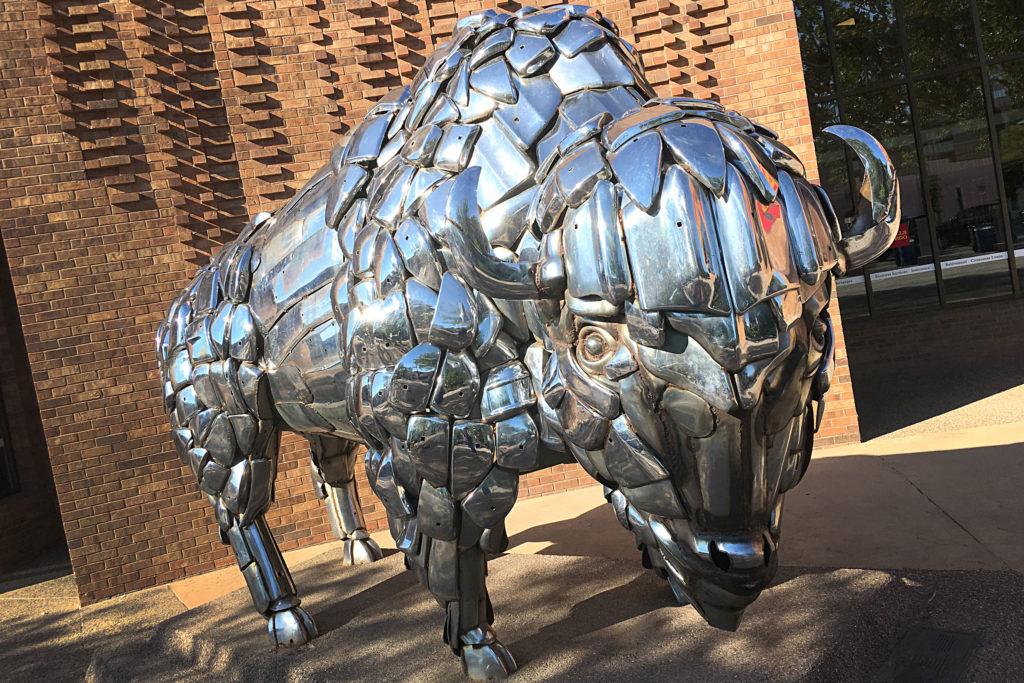
Today, Art on the Corner features more than a hundred sculptures. While some of the artwork has become part of the city’s permanent collection, the rest is for sale and is on display for about a year. The city of Grand Junction says at least 50 other municipalities have reached out with questions about how they can put on something similar, places like Jackson, Wyoming, Kansas City, Missouri and Brampton, outside of Toronto in Canada.
“We come and go, but programs, if they’re well developed, stay and continue to grow,” Gary Hauschulz with the Palisade Art Vision said. “I think Art on the Corner has definitely reached that status.”
Hauschulz is a fellow artist and was a good friend of Davis’. He hopes Art on the Corner goes on forever and that his friend is remembered as a great artist and teacher — a big, burly guy with a great laugh, a giving spirit and passionate “to the core.”
Grand Junction painter Diana Woods worked with Davis at The Art Center. He was the longest serving director of the museum and gallery space, holding the position for nine years through the late 80’s and early 90’s.
“I had the benefit of listening to his visionary dreams and it was really a magical time at The Art Center,” Woods said.
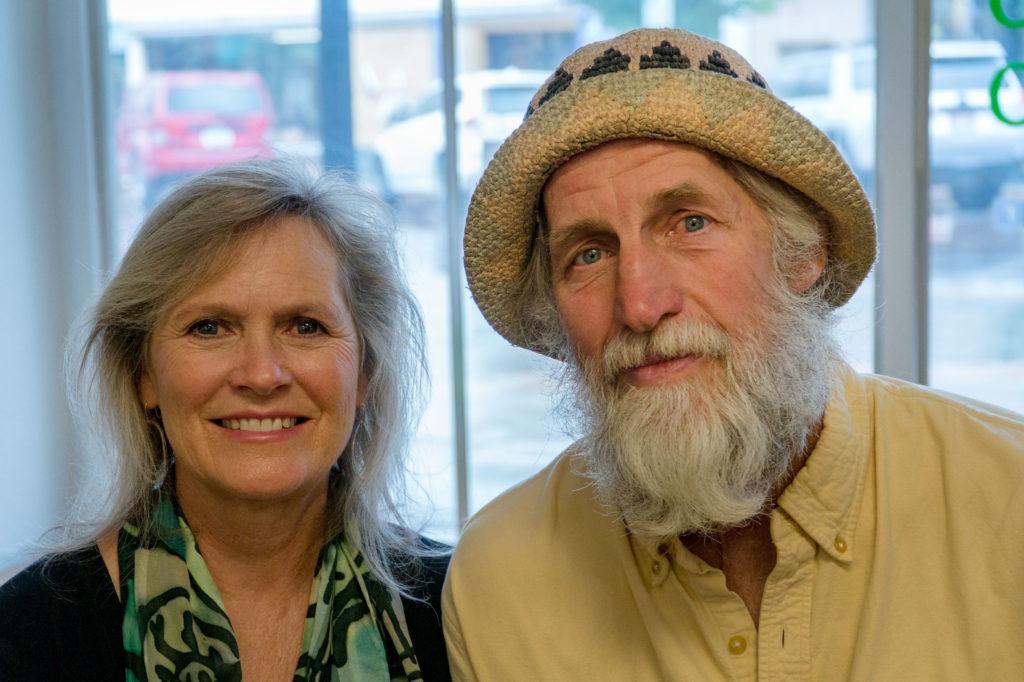
Davis helped the center stay afloat during some rough patches by increasing membership, attracting new funders and getting more people to come through the doors. He also helped secure the center’s Navajo weavings collection, as well as brought nationally and internationally recognized artists to Grand Junction to raise the center’s visibility.
Another one of Davis’ big community projects was also born here. Sometime around 2010, Woods remembers that Davis took a painting off the wall during his one man show. He turned to the crowd and told them, “‘OK, everybody gather around… We’re gonna paint over this piece.’ And people were just shocked.”
Davis invited anyone and everyone to paint this 66 by 60 inch canvas. Then he would cover it with white paint and start the process all over again. He called the project “Paint the Piece” It’s emblematic of Davis’ theories and techniques when it comes to art.
“Process is the most important thing with the arts,” Dave Davis said of “Paint the Piece” in a Grand Junction Free Press video. “It’s not about doing something that you’ve done. It’s about doing something you haven’t done.”
That means sometimes disregarding formal rules, letting go of self-doubt and just going for it. He’d have people turn around and paint the piece behind their backs, whatever it took to get them to put their inhibitions aside.
The “Paint the Piece” canvas is at least two inches thick with about 280 layers of paintings. At one point, his daughter Amanda said, “it became so heavy that he had to build a special easel for it because it started to tip over and almost came down on him one day.”
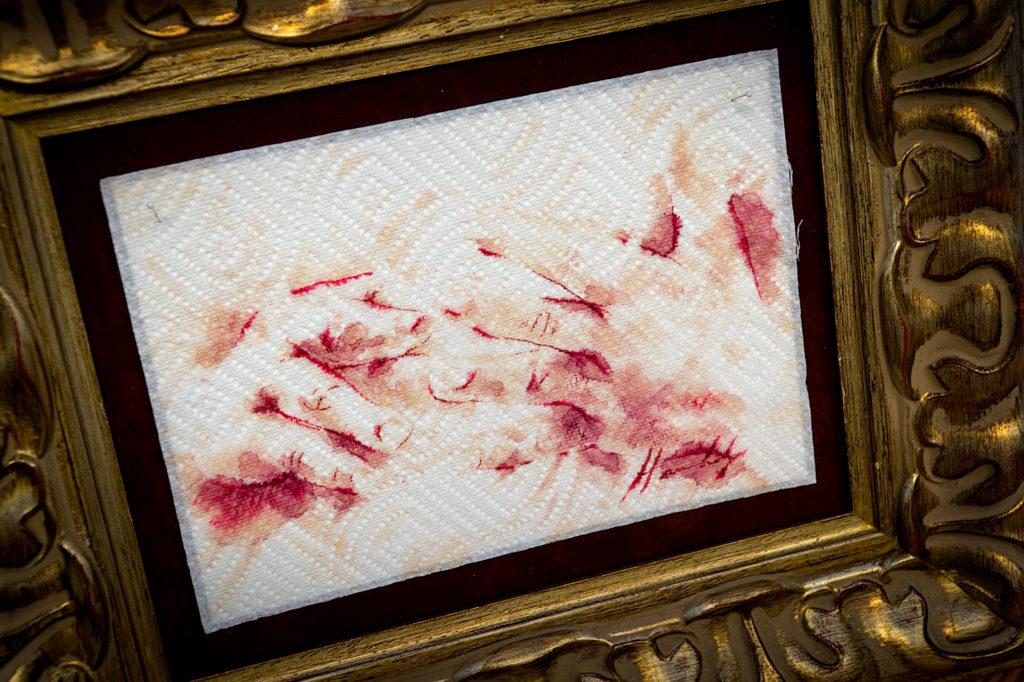
Amanda painted his ashes into it shortly after he died. When the piece reaches 500 layers, she said her father’s wish was to “mount it to a south-facing wall and then let the elements unpaint it.”
For now, Amanda is focused on her father’s school. It’s taken nearly a year to get the estate matters squared away so that Amanda can start planning for the future.
The hold up was because Dave Davis didn’t leave a will. At the time of his death, he co-owned the property with his close friend Lynda Wonders.
“David actually put the paint brushes in my hand and got me going,” Wonders said.
Wonders and Davis were working on an art project together the day before he died.
In July, Wonders and Amanda Davis reached an agreement that transferred the remaining loan on Dave’s property to his daughter. Both appeared to be happy with the outcome. Wonders hopes “the learning center continues in a real powerful way for the community.”
The agreement opened the door for Amanda to resume fundraising for the art school and maintain what many consider to be the most important part of Dave Davis’ legacy, his ability to motivate and coach young artists.
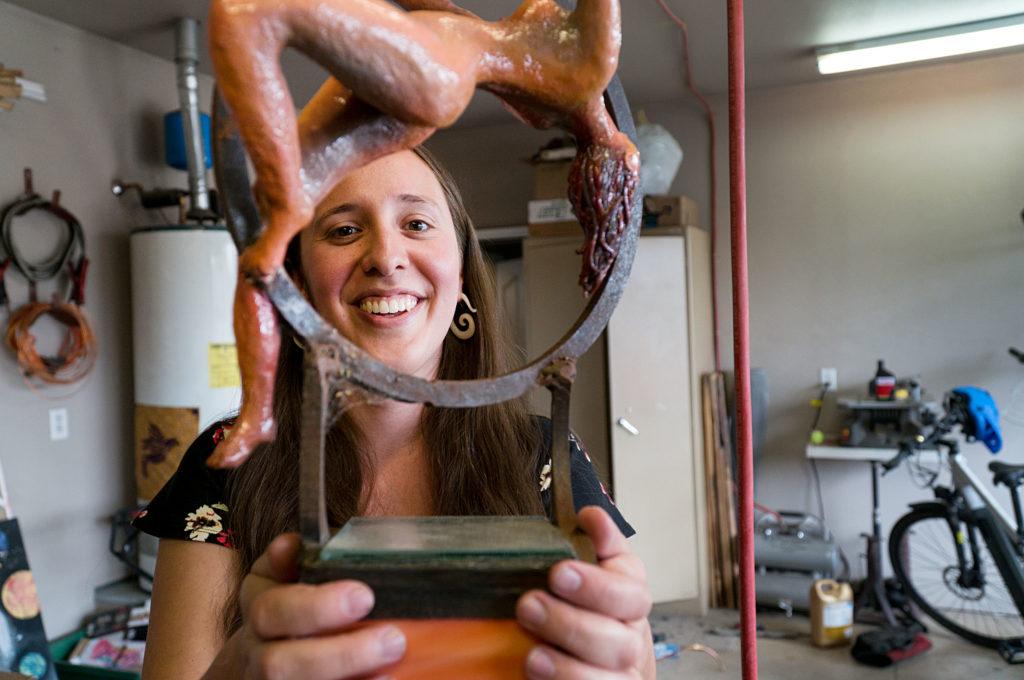
Fruita sculptor and painter Pavia Justinian, one of Davis’ first apprentices, said he owes “much of my own artistic success to him.” The best advice she ever got from him was the lesson that you could make art with anything. Nothing expensive was required.
She still thinks about Dave all the time. In fact, she and her boyfriend have found themselves using a new word inspired by the late artist.
“We say, ‘Davely.’ So anytime we see something that makes us think of Dave aesthetically, maybe some really colorful rust on a car,” or a beautiful sunset that illuminates the sky with shades of yellow, orange and red, the couple now just says “Oh, those are some very Davely colors.”
And now that classes are back on at the Davis Art Process and Media Learning Center, more artists can learn the ‘Davely’ way of art.

